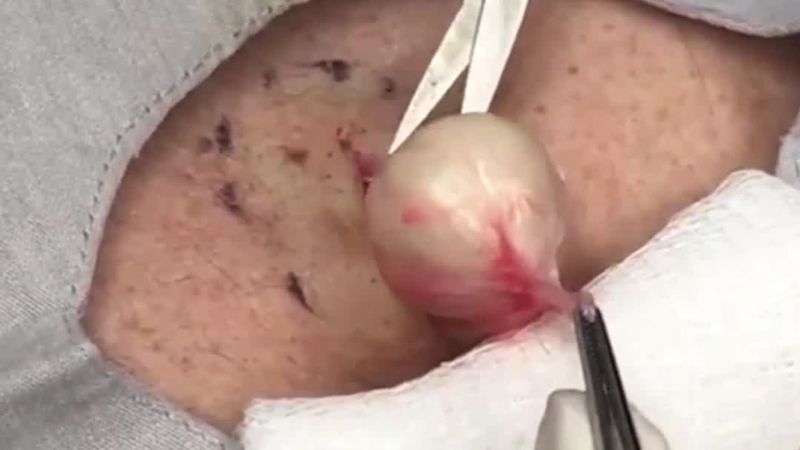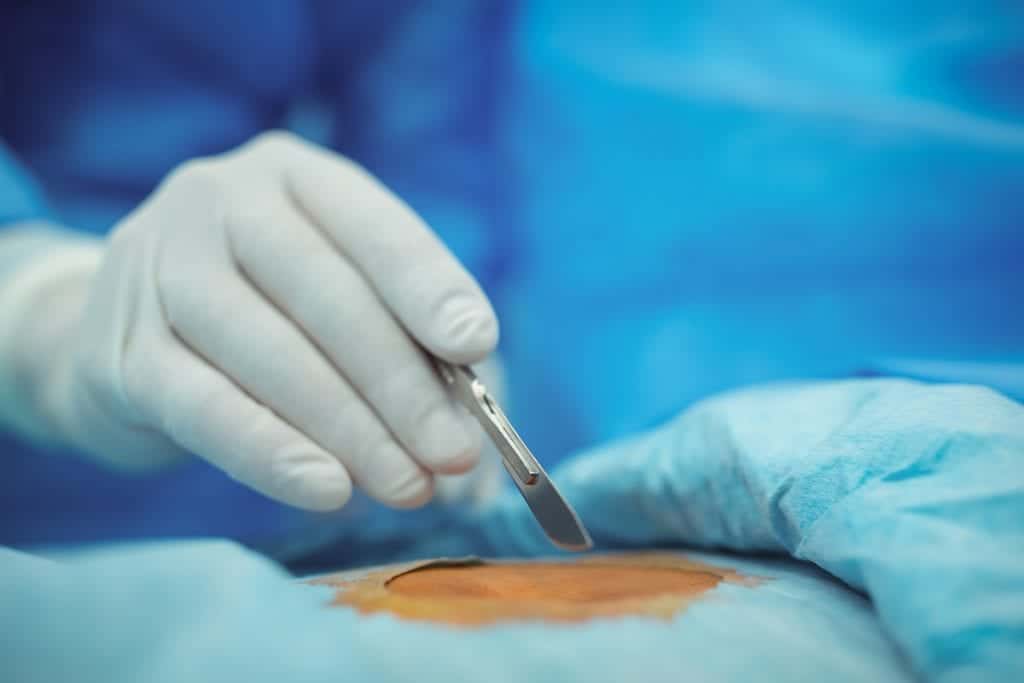What you need to know about Cyst Removal Procedure
Contents
- 1 What you need to know about Cyst Removal Procedure
- 2 What does the Procedure Involve?
- 3 How Long Should You Stay at the Destination?
- 4 What’s the Recovery Time Like?
- 5 What Aftercare Should You Consider?
- 6 What is the Success Rate for Cyst Removal Procedure?
- 7 Are there Alternatives to Cyst Removal Procedure?
- 8 What Should You Expect Before and After the Procedure?
Cysts are closed pockets of tissue under the skin that can be filled with pus, fluid, or other materials and can appear anywhere on the body. They usually do not cause any pain or need treatment. However, they can rupture or become infected and inflamed. When a cyst has symptoms that impact on your day to day lifestyle, you can undergo cyst removal.

What does the Procedure Involve?
There are several methods to remove a cyst: drainage, fine-needle aspiration, surgery, and laparoscopy. Drainage is performed under local anesthetic and your doctor will make a small incision to drain the cyst, while fine-needle aspiration involves inserting a thin needle into the cyst to drain the fluid. If you have ganglion, Baker’s, or dermoid cyst, your doctor may recommend surgery. The surgery is performed under local anesthetic and your doctor will make a small incision to pull out the cyst. Some cysts, including those that develop in the ovaries, may be removed through laparoscopic surgery. With this procedure, your doctor will make small incisions to insert surgical tools and a laparoscope (a thin, flexible tube with a camera attached to it) to remove the cyst.
How Long Should You Stay at the Destination?
The length of stay in the local area depends on which method you underwent and the type of cyst you have. In general, you need to stay for around 3 to 7 days. During your stay, your doctor may schedule a follow-up checkup to remove your stitches.
What’s the Recovery Time Like?
The recovery time depends on the type of cyst and the method used to repair it. Some types of cysts can take around 2 to 3 weeks; others may take as long as 6 to 8 weeks to make a full recovery.
What Aftercare Should You Consider?
Your doctor will likely give you a set of aftercare instructions. You may need to cover the wound with a dry bandage, take prescribed oral antibiotics, use antibiotic creams, and take pain medication. The instructions may also include exercises and diet you will need to follow after the procedure.
What is the Success Rate for Cyst Removal Procedure?
Cyst removal is a highly safe procedure and complications are rare. However, no procedure is completely free of side effects and risks. The risks include infection, minor bleeding, inflammation, and the cyst growing back.
Are there Alternatives to Cyst Removal Procedure?
If your cyst is not dangerous or cancerous and it does not cause any symptoms, you do not have to undergo any treatment to remove it. Most cysts on the skin are harmless and will go away on their own. You can take over-the-counter NSAIDs for pain relieve and apply a warm compress to the cyst, but make sure to do it under your doctor’s supervision. Also, it is important not to try to remove a cyst yourself.
What Should You Expect Before and After the Procedure?
After a cyst removal, the cyst will be gone and you will no longer experience the symptoms you may have felt before the procedure.
For an in-depth analysis of a Cyst Removal Procedure, watch this short video
To check prices or to book a Cyst Removal Procedure in Thailand or anywhere else in the world, head on over to MyMediTravel now!

